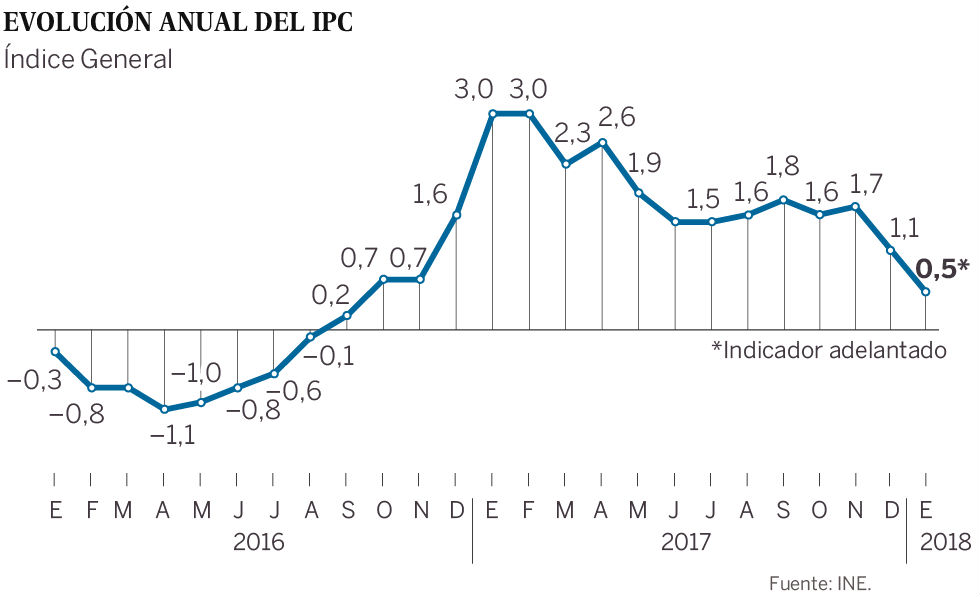Inflation is the increase in the prices of goods and services over a given period of time. The rise in prices also means a decrease in the population’s purchasing power. This means that with the same money we can buy fewer goods and services.
Let’s take an example: in 2017 a loaf of bread cost 1 euro and now in 2018 it costs us 1.10 euros. The price has gone up 10% (10 cents). This variation would be inflation. Assuming we made the same money in 2017 and 2018 we would lose purchasing power.
What is IPC?
As is evident, we are not interested in losing purchasing power and for that we have an instrument that measures the variation in prices of the “shopping basket” of Spanish households (food, house, health, transport, education, leisure and culture…). This instrument is the Consumer Price Index (CPI) and is published monthly by the National Statistics Institute (INE). In this way, the CPI serves as a warning so that we do not lose purchasing power.
One application of it would be to adjust the rise in wages and pensions.
By consulting the National Institute of Statistics we can see the evolution of the CPI in Spain from 2006 to the present.


